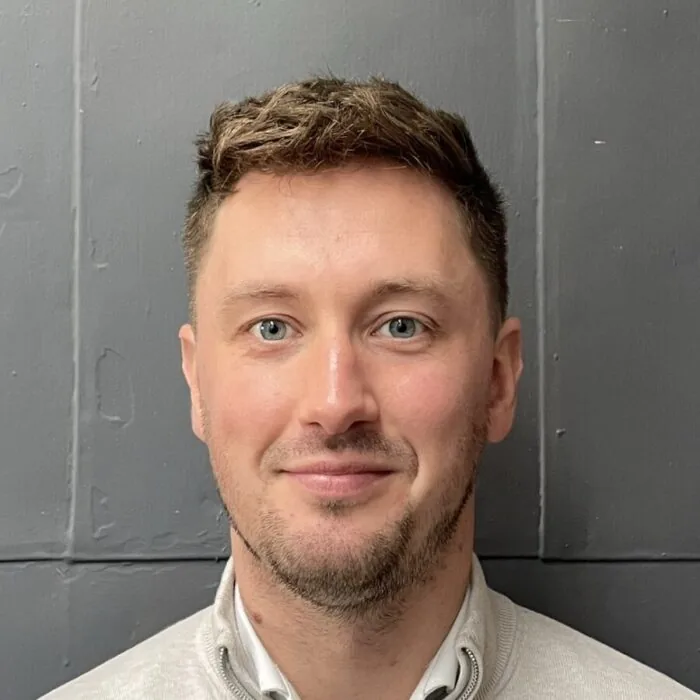Phishing continues to be the most common form of cyber attack due its simplicity, effectiveness and high return on investment. Verizon’s 2023 DBIR found that 36% of all data breaches involved phishing.The phishing attacks taking place today are sophisticated, targeted and increasingly difficult to spot.
To proactively mitigate these risks, organisations are increasingly turning to phishing simulation tests. These tests help identify vulnerable users before real attacks can impact operations, making them a crucial component of a robust cyber security strategy.
Steps for a Successful Phishing Simulation Campaign
Phishing simulation tests are designed to automate phishing training and deliver learning experiences directly to employees. These simulated phishing training packages deliver realistic-looking phishing emails, that track real-world phishing campaigns. To get the most out of a phishing test you should follow these steps:
1. Establish a Baseline:
Initiating a cyber security program demands a careful examination of an organisation’s vulnerabilities. Conducting an initial baseline assessment, without prior notification to staff, provides an accurate snapshot of susceptibility. This baseline becomes a reference point for subsequent phishing tests, allowing organisations to gauge the effectiveness of their ongoing security awareness program. Following the baseline test, it is essential to communicate the rationale behind the phishing test to staff and share the organisation’s phish-prone percentage. This transparency reinforces the importance of ongoing Security Awareness Training.
2. Send Out Multiple Phish:
One common pitfall is sending a blanket phishing test to the entire organisation simultaneously. This approach can raise suspicions among users, leading to alerts and potentially skewing results. To ensure more accurate reporting, organisations should send out multiple phishing templates at different times. This method enables a more comprehensive assessment of user awareness, providing a nuanced understanding of susceptibility to various phishing scenarios.
3. Follow Up with a Learning Experience:
The alarming statistic from the 2021 CISCO report — 86% of employees clicking on phishing links — underscores the need for a proactive response. When an employee falls for a simulated phishing email, turning the incident into a positive learning experience becomes paramount. Implementing point-of-click learning allows users to gain insights into their mistakes, understand the associated dangers of phishing emails, and engage with educational elements like warning notices, relevant infographics, or surveys. This approach transforms each incident into an opportunity for continuous improvement.
4. Collect and Analyse Metrics:
As the simulated phishing campaign progresses, employees should be encouraged to report observed phishing emails.
Some automated phishing simulation platforms offer a metrics dashboard that uses captured simulated phishing campaign data to analyse the success rate of the campaign. These metrics are an important part of ensuring that the training is optimised. Metrics also give you the ammunition needed to show the C-level and board that Security Awareness Training is effective.
4. Run Regular Phishing Simulation Campaigns:
Establishing a phishing awareness program is not a one-time endeavour; it requires ongoing effort. Regular phishing tests are essential to maintaining momentum, increasing employee vigilance, and enhancing awareness of real-world threats. Continuous campaigns also help identify any emerging weaknesses that could pose risks to the organisation’s security. This commitment to regular testing contributes to the creation of a more resilient workforce capable of thwarting phishing attempts.
5. Introduce Phish Simulations as Part of a Wider Security Awareness Program:
Beyond phishing simulations, organisations should integrate targeted eLearning into a comprehensive security awareness program. This multifaceted approach ensures that users stay informed about evolving security threats and learn best practices for cyber security. By adopting a holistic strategy, organisations foster a culture of security consciousness, improve security behaviours, and create a workforce that is more cyber-resilient in the face of evolving cyber threats.
Conclusion:
Successfully running a phishing simulation campaign demands a strategic and comprehensive approach. By establishing baselines, sending varied phishing tests, providing learning experiences, running regular campaigns, and integrating phish training into a broader security awareness program, organisations can effectively strengthen their defences against the pervasive threat of phishing attacks.
Embracing these steps not only identifies vulnerabilities but also empowers employees to become active contributors to the organisation’s overall cyber security resilience.
To discover how MetaCompliance’s Phishing Simulation software can enhance cyber empowerment and reduce judgment, cultivating a robust culture of cybersecurity awareness among employees, click here.




